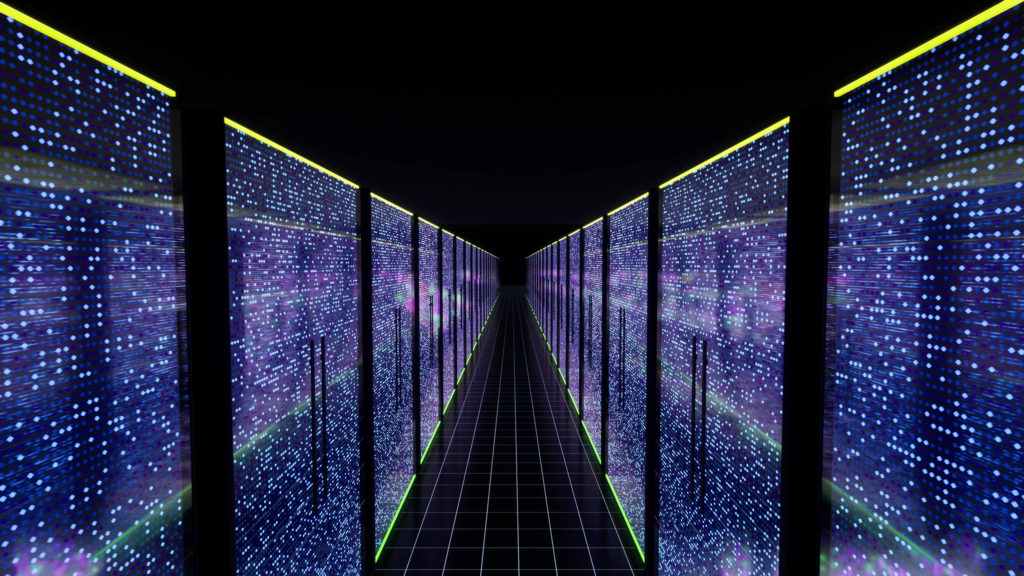Despite only launching in August of this year, our IoT news site has seen an amazing range of interesting and innovative stories. It’s been a hard task to narrow them all down, but here’s our top ten technologies since launching!
Low-power Wi-Fi for smart homes
Wireless and battery-free applications will be essential to smart home adoption as they remove the need for cables, thus allowing mobility. Renesas predict that low-power Wi-Fi will become the “ubiquitous de facto standard for intelligent homes.”
They suggest that their low-power Wi-Fi will simplify the architecture of a smart home and allow wider adoption of wireless products.
Automotive location solution
GPS tracking is by no means a new concept, however the ability to home in on a location with complete precision is still largely sought after by many. With duplicated street names across the world, or the large areas that postal codes can often span, mistakes are bound to be made.
When exchanging addresses using what3words, locations are assigned a very specific and unique combination of three words. The company offers the example of ‘notion.mindset.pulling’, which in this case would lead you to 10ft2 and views of Cold Mountain, Yosemite.
what3words collaborated with Harman Ignite Store, a connected vehicle platform for automakers to develop, manage and operate their own in-vehicle app store.
This collaboration incorporates the geographical precision into users’ driving experience. It is enabled through access to a comprehensive ecosystem of cloud-based applications and services.
Cost-effective routes to Net Zero
ClimateView unveiled its plans to help cities decarbonise their economies. The ClimateOS platform defines and implements comprehensive strategies for cities to meet their climate goals and manage complexities of a low-carbon tradition.
Its €10m funding will be used to expand to additional markets in Europe, North America and beyond. Its new technology will allow cities to identify the costs of each of the numerous shifts they can take to cut emissions, such as encouraging the uptake of EVs and retrofitting old buildings to increase energy efficiency.
ClimateView aims to roll out enhances functionality at the beginning of 2022 which will identify the costs and benefits of each initiative so cities can make the economic case for their climate plans.
Smart tattoos
With the global wearables market set to reach $57,643m by 2022, its potential is virtually limitless. These electronic devices can not only be worn, as indicated by their name, but embedded into the human body.
Offering a range of functions such as health tracking services, calorie counting and sleep monitoring, their advanced technologies are beginning to supersede the imagination.
Allied Market Research discusses the evolution of wearables whereby flexible electronic sensors could be inked into the user’s body in the future. They could monitor brain and heart activities, blood sugar levels and more.
Remote learning with cloud-based hardware
Lanner, a hardware provider that specialises in network appliances and rugged industrial computers, was approached by a customer with a request for the ideal appliance suitable for the K-12 education system.
It had a series of requirements, such as asynchronous sharing of recorded video and audio files, multilingual troubleshooting and flexible but stable network coverage.
Lanner designed the NCA-1510, an SSF desktop network security appliance with no fan with robust performances. It offers cryptographic acceleration and commercial-grade LAN functions. It supports a cloud-based e-learning system security and enables both remote access and a holistic portal for complete network management and monitoring.
Single applications
Opening the door to smart homes is Single App mode which restrict user experience to one place. Operations such as ‘on/off’ will become centralised to a core controller which can manage all aspects of the home.
This in turn will allow users to reap all of the benefits of their smart home, such as intelligent lighting which can be managed from the hub. Of course, with features such as this also come cool quirks such as voice control and environmental sensors.
Healthy herds with happy feet
Animal wellbeing can be improved with innovative footbaths for cows. The Siemens and Hoofcount collaboration has seen opportunities to scale up and merge agritech with IoT connectivity.
Siemens’ data capture and control technologies will help farmers make better informed decisions to tackle lameness, which is a big problem in dairy herds. Siemens will combine the real and digital worlds using LOGO, an intelligent logic module for small automation projects in industrial settings.
The baths can be controlled remotely and feed data to the cloud for analytics. It should reduce impacts on the food and beverage sector’s supply chain.
Optical communications in automated vehicles
Instead of various port components, the new solution from KDPOF provides a single, complete package. The connector systems are small, lightweight and extremely inexpensive compared to the previous ones.
KDPOF, supplier for gigabit connectivity over fibre optics, supports easy project entry into optical gigabit connectivity for a secure Ethernet backbone and ADAS sensor connections in vehicles.
The optical cables allow fast, dynamic and tight bending as well as immersion in dark liquids. Optical connectivity also guarantees easy engineering for seamless implementation.
10gig fiber networks to over a million homes
A strengthening of the partnership between APG Group and SiFi Networks America will contribute to bridging the digital divide in the US where over a third of households don’t have access to high-speed internet by offering fibre connections to those underserved communities.
The networks should enable future-proof connectivity and provide smart city solutions to improve quality of life and generate revenues and savings for the cities.
Automation helping organisations regulate
All sectors must adhere to different regulations, which when done manually can be time-consuming and involve paper-based monitoring processes. Automated compliance through IoT sensor technology can support businesses in achieving these goals and provide further data-led insight to take proactive and preventative action where necessary.
Wireless IoT sensor technology can be used as an asset for environmental monitoring. Instead of workers having to observe and physical record information, this can be automatically collected and stored.
